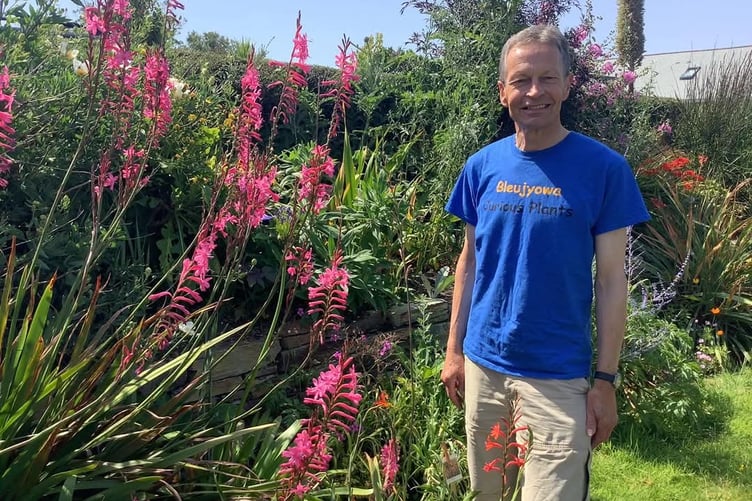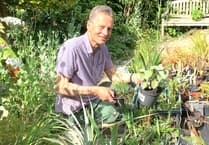LEARNING to grow your own plants is very special and rewarding. It is something that any of us can do. All it requires is a little patience and time.
What I am talking about here is what people call plant propagation or simply making new plants for free.
The simplest method of acquiring more plants is often by just dividing them. This applies to perennial plants that come up each year and often die back for the winter. They have fleshy roots and are usually best divided in early spring when it is not too cold and before new season growth has really started.
For some plants, you can really be quite brutal and use a spade. Others, like primulas, are best teased apart using two small garden forks back to back. Many plants actually benefit from this being carried out perhaps every four or five years. It may be possible to divide a large hardy geranium into 10 or 15 pieces. Always water new plantings well until plants get established in their new positions.
Adding more of the same plants across the garden avoids the need to buy new plants but, more importantly, helps link the varied parts of your garden together.
One particularly satisfying and almost magical way of creating new plants is by seed sowing. Don’t get carried away as you can spend a lot of money buying seed packets. Start with simple vegetables or flowers that you like, say salads or annual flowers.
Always sow small quantities of seed at a time. Wait until the weather is warm enough to sow outside or use a window sill or a greenhouse. Follow the instructions on the seed packets about when to sow and depth of sowing.
Seeing young seedlings emerge is immensely satisfying. They will then need potting on and getting ready for planting out.
Alternatively, you can, of course, collect your own seed in the garden once plants have finished flowering, set seed and are ready to pick. They will need to be carefully dried and stored until you are ready to sow them.
Some plants sucker and as long as you can separate these with root on without damaging your plant that is fine. Some plants seed around my garden by their own volition and, when I spot their young seedlings, I pot them up and again use them across the garden.
Then, of course, there are cuttings of varied kinds that can be taken at different times of the year. In winter, I enjoy taking hardwood cuttings from some of our deciduous shrubs and these are usually very successful. In spring and summer, I take softwood and then semi-ripe cuttings.
Perhaps you will find yourself in a position to sell some of your plants. This is something I have been doing for some years now under the name, Bleujyowa – curious plants. We attend the occasional local plant sale but most of our plants are sold at the roadside, by order or from plant sales held in our front garden.
Martin Pallett





Comments
This article has no comments yet. Be the first to leave a comment.